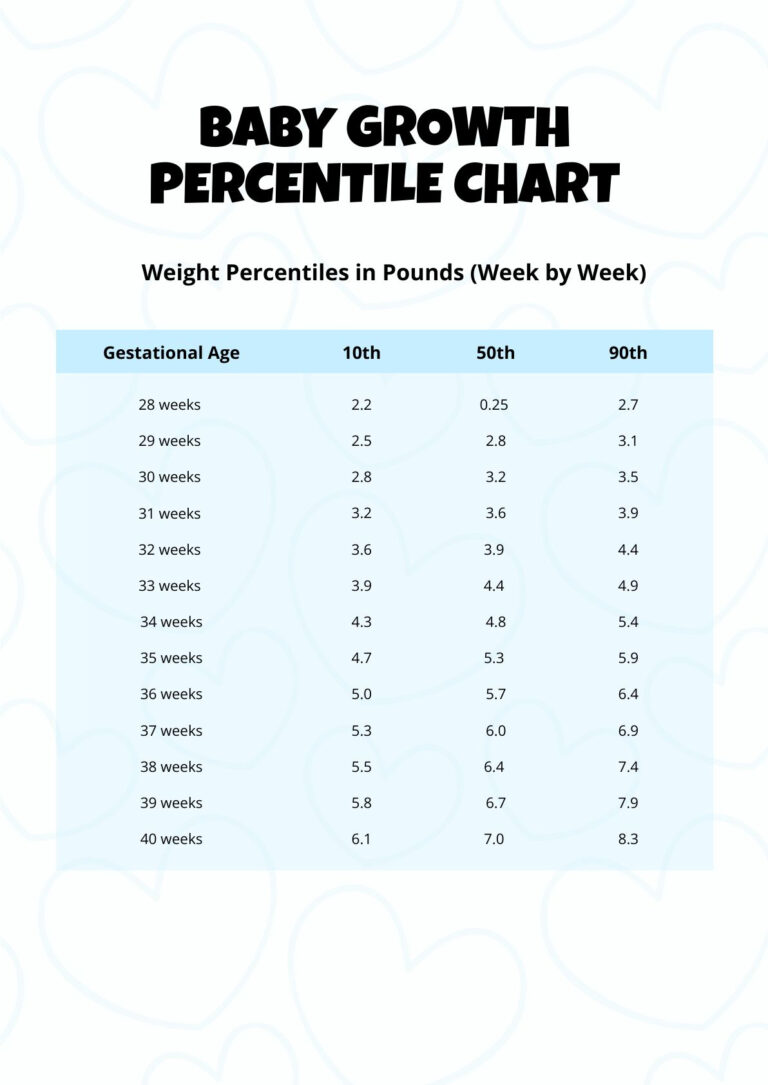How To Teach Baby To Roll Over
Are you a parent looking to help your baby reach their developmental milestones? Teaching your baby to roll over is an exciting and important step in their growth. In this comprehensive guide, we will explore everything you need to know about how to teach your baby to roll over. From understanding the process to practical tips, we’ve got you covered!
Knowledge
Before diving into the actual process of teaching your baby to roll over, it’s essential to understand the developmental stages involved. Typically, babies start to roll over around four to six months of age. However, every baby is different, so don’t worry if your little one takes a bit longer.
Rolling over is a crucial milestone for your baby as it helps build strength in their neck, back, and shoulders. It also sets the foundation for other motor skills like crawling and sitting up. Babies usually start by rolling from their tummy to back before mastering the back to tummy roll. Encouraging this natural progression is key to helping your baby develop their coordination and muscle control.
When teaching your baby to roll over, it’s essential to create a safe and comfortable space for them to practice. Use a soft mat or blanket on the floor to provide a supportive surface. Make sure there are no sharp objects or hazards nearby that could pose a risk to your baby.
Encourage your baby to explore their surroundings by placing toys or objects just out of reach. This can motivate them to roll over in pursuit of the item. You can also gently guide your baby’s movements by placing your hands on their hips or shoulders to help them initiate the rolling motion.
Like any new skill, teaching your baby to roll over requires practice and patience. Be supportive and encouraging during this learning process. Celebrate small victories and provide gentle guidance when needed. Remember, every baby develops at their own pace, so don’t compare your child to others.
Conclusion
Teaching your baby to roll over is an exciting journey that requires time, patience, and dedication. By understanding the developmental process, creating a safe environment, encouraging exploration, and practicing regularly, you can help your baby achieve this important milestone. Remember to celebrate each success and enjoy watching your baby grow and develop. This guide is aimed at parents and caregivers looking to support their baby’s physical development in a fun and engaging way.
In conclusion, teaching your baby to roll over is a rewarding experience that not only promotes physical strength and coordination but also fosters a strong bond between parent and child. By following the tips outlined in this guide, you can help your baby reach this milestone with confidence and joy.






